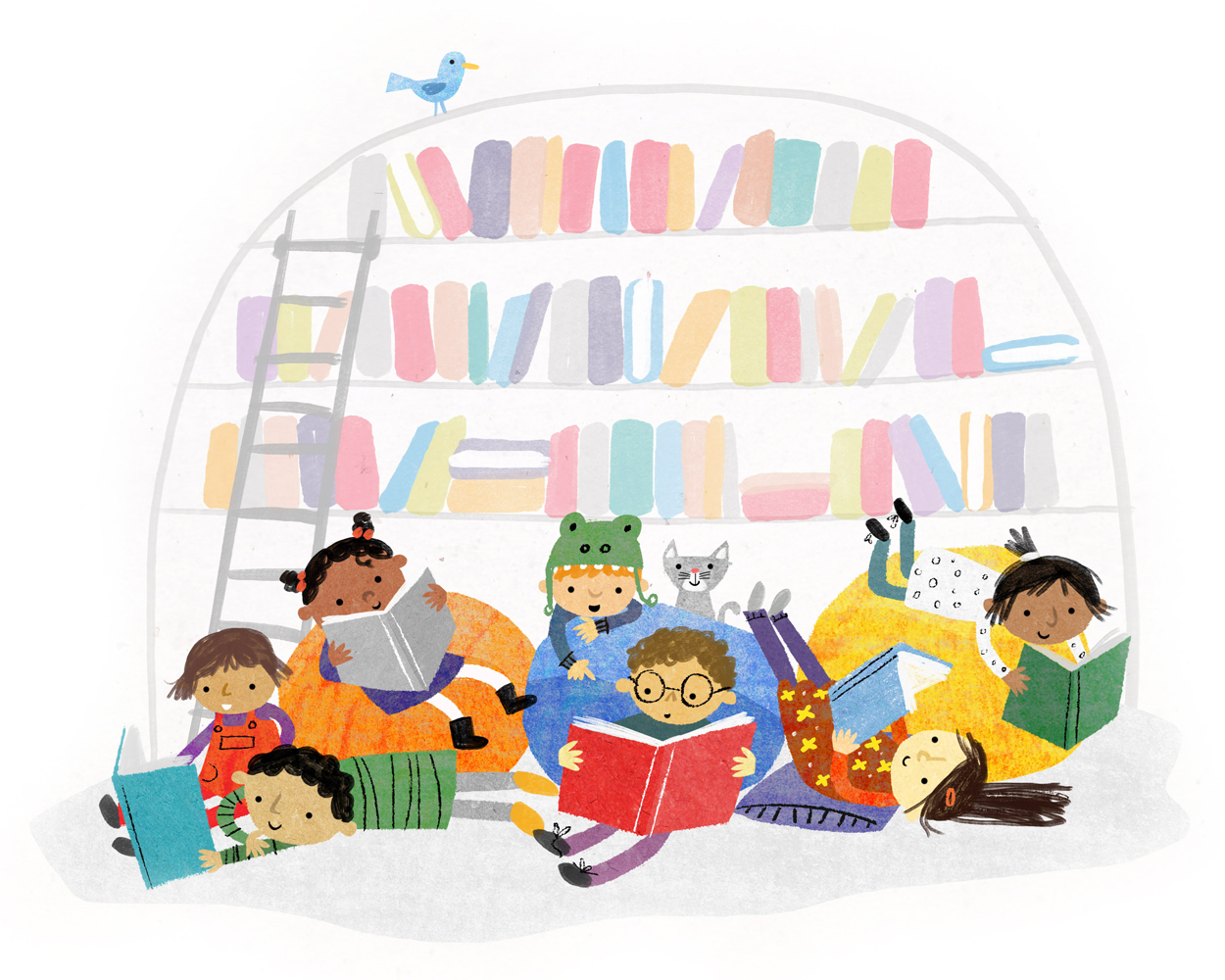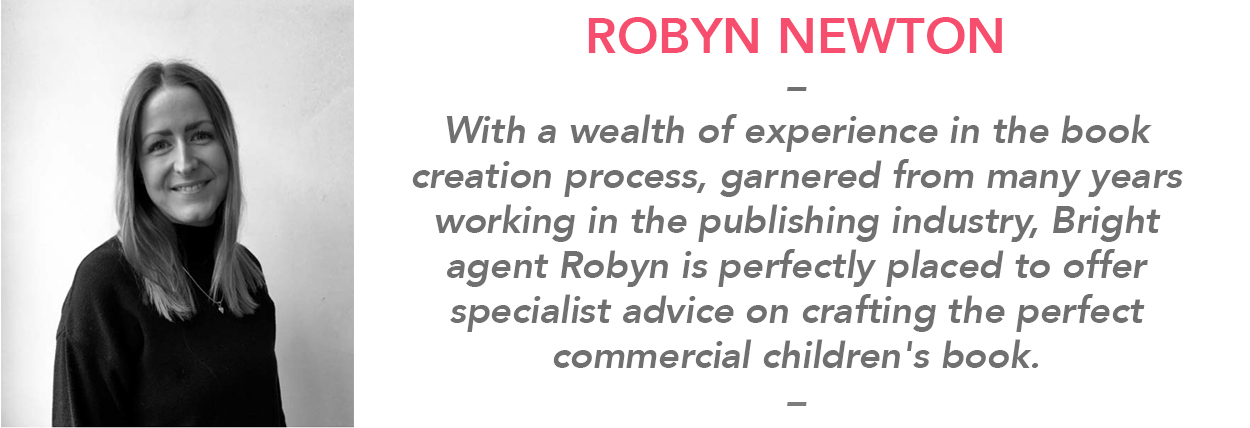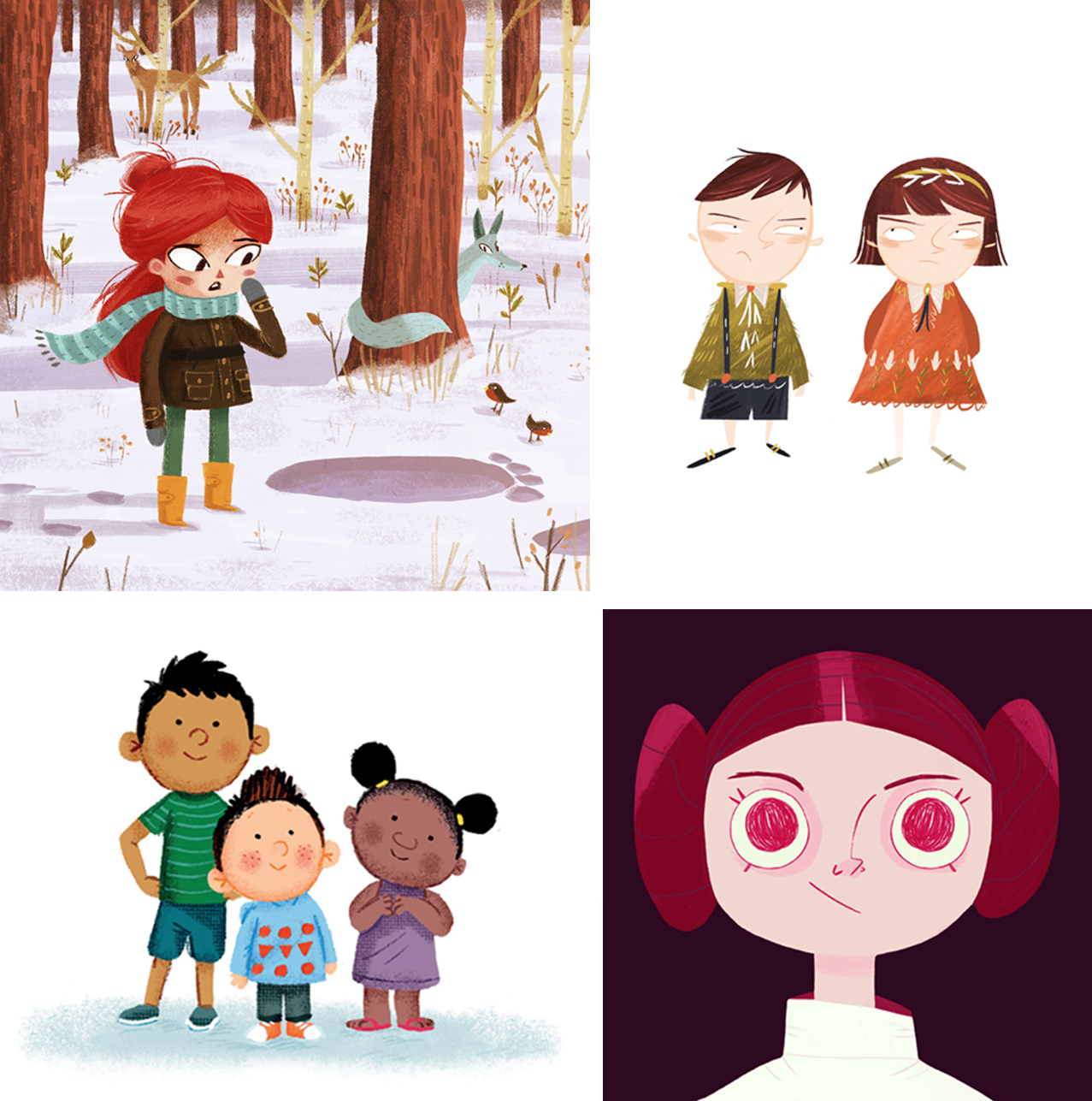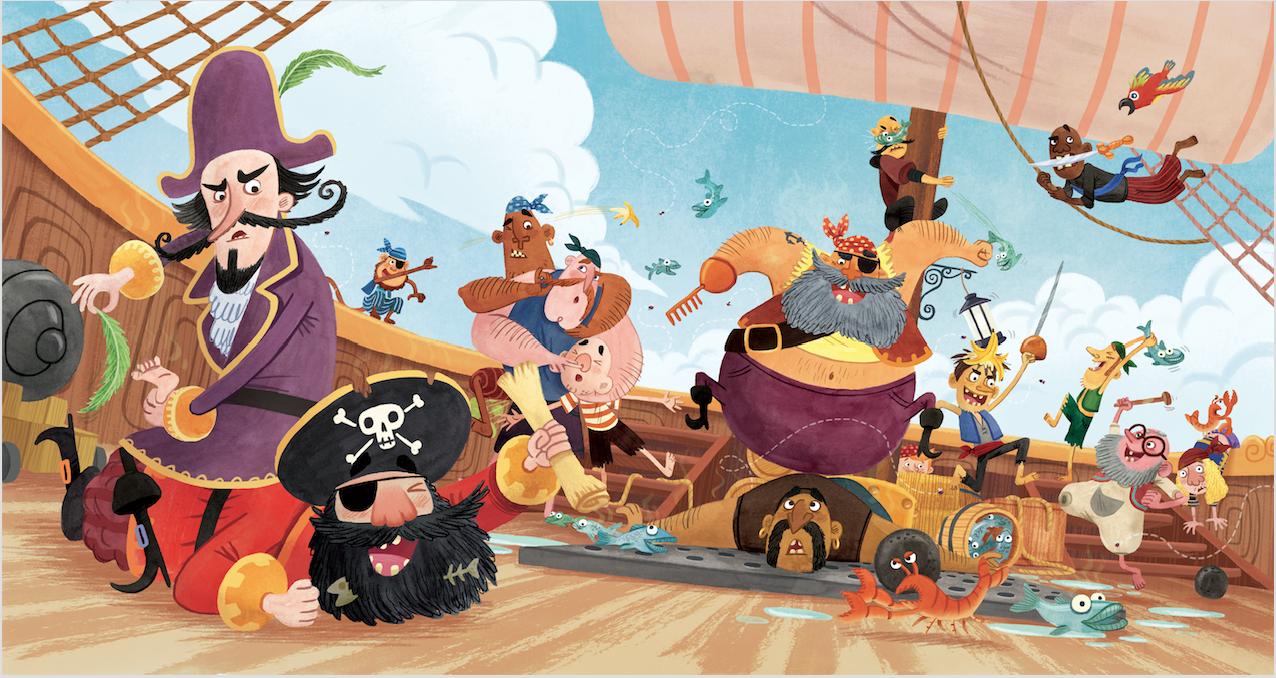How to make the perfect children’s book

Check out Robyn’s rundown of the key ingredients for illustration success in this field:
Consider your audience and your buyer
As well as being perfect for the target market in both style and substance, the look and feel of the book must be appealing to the adult that is most likely to be purchasing the book. Think about the tastes and current trends that are likely to grab the attention of book buyers.
Accept constructive criticism from those in the know
The editorial and design team will have bags of experience and be directly in touch with sales people so have faith that their feedback will always be based on really valid market information. Even if changes can seem random at times, trust that the outcome will only improve sales of your book. For example, covers that are green sell less well than red covers! It’s a thing - I promise!
Be aware of global tastes with regard to facial features
It is worth having a selection of different eyes and noses up your sleeve (so to speak), and in your portfolio. Features can often be a sticking point as some looks work better in some markets than others. Design teams will often ask for options so it is worth being flexible.
Diversity
Be mindful that your book might be sold across the globe and should appeal to all children and their families, whomever they are and wherever they are in the world.
Characters
For younger children, it’s great to be obvious, but for older audiences, don’t over-egg it! When we are surprised, we don’t always throw our hands up to our faces, or gasp when we are shocked, for example, so think about more natural reactions and gestures when creating character poses. Use friends as models to get expressions and limb positions just right.
Humour
Wherever there are characters, a children’s publisher is looking for a little bit of humour, so don’t be afraid to add extra detail or funny elements. Humour appeals to all children (while subtle comedy can lend a book all-important appeal for adults, too), and can really help make your artwork stand out from the crowd. It doesn’t have to include reference to bodily functions, although – to paraphrase the great Ade Edmondson of Bottom fame – a fart is always funny…
Novelties
This is the terminology for any extra elements on books that add play value, so that’s anything from flaps and sliders to pull-tabs and pop-ups! Good design teams should always provide clear die-lines and briefing notes if these elements are part of the book you are working on, but it is worth becoming familiar with how these work. Spend an hour in a local bookshop in the board book section to familiarise yourself with moving parts, or buy a few novelty books from charity shops and take them apart!
Always ask the question
Don’t feel silly for asking your assigned designer lots of questions: they will be happy to answer anything and will be super-relieved that you asked instead of getting confused by something.
Make the best out of briefs
In my experience, a designer will always prefer to brief you in the way that best suits you. From the outset, do say if there is a particular way you like to work – or, if you are mid-project and struggling with the way it is being briefed, don’t feel afraid to ask for an alternative approach.
And finally…
…Ask your agent
We are here for you: to support, advise, and help to develop your work – and to be your champion. If you need any assistance, would like some insider advice, or simply want us to ask a publisher something on your behalf, just let us know: that’s what we’re here for!







